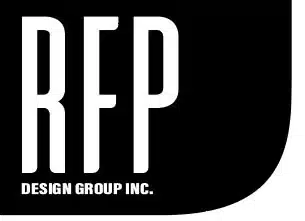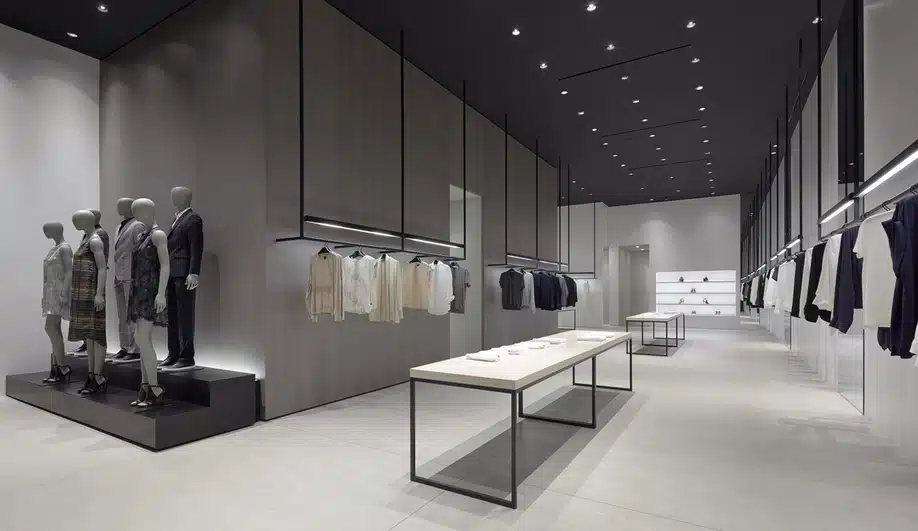For the ultimate post-pandemic in-store shopper experience, retailers are going for sophistication and elegance over overflowing shelves – Minimalistic Merchandising
In 2020, there was one major retail trend. You guessed it – online! Shoppers had to browse with a scroll of a mouse instead of their very own eyes and hands and feet. Retailers had to pivot marketing campaigns to hit email and social platforms over in-store activations and printed posters. Tech companies like Shopify skyrocketed in business as traditional storefronts started digital companions and delivery services to stay afloat during lockdowns.
But 2021 has been a different story – with the advancement of vaccination and global reopening strategies taking off, customers are returning to brick-and-mortar stores. What’s more, they’re coming with completely different expectations and desires for the retail experience.
Minimalistic Design: Refined and Restrained Retail
After a year using a computer to filter through product options and scan reviews, customers don’t want to be overwhelmed with products in their physical space that may not be what they’re looking for. Minimalistic design is reigning supreme in speciality stores, delivering on a few key features for post-pandemic in-store shopping:
- Greater flexibility for social distancing measures
- A calm and sophisticated atmosphere
- Encouraging personalized, individualistic service by clearing out clutter and tasking employees with fewer housekeeping duties
How to Achieve a Minimal Retail Design
At RFP, our retail clients are increasingly looking for design solutions that help them embrace minimalistic elements to help their products shine. Here’s where we suggest looking at areas to enhance a minimal approach to the store experience.
- Fewer products on display: Instead of overloading shelves, tables, or even floorspace, let your customers focus on one item at a time by leaving plenty of space around them. Not only will it create a luxe experience for your customer, it will also subliminally raise their estimation of your products. As VendHQ writes, “In retail, space conveys value. The more space there is in a store or display, the higher the perceived value of the merchandise. This why many luxury retailers display items in standalone cases while discount stores overstuff their shelves with merchandise.”
- An angular floor plan: Fewer products on display will also work for an angular floor plan, which uses curved, angled, and straight lines to create dynamic sightlines and highlight a few key items at a time. This type of plan is commonly used by high-end retailers who have a small, curated line of products highlighted on what are sometimes called “lily pads.”
- Overhead lighting: As always, lighting is key to any successful store design. But if you’re trying to keep your aesthetic clean and simple, lift your lighting off the ground so it won’t block your customers’ views of the products. Suspended lighting, carefully placed, can also give items a natural but eye-catching glow. Don’t skimp on low-quality lighting here, your products and your customers will thank you.
- Repeat, repeat, repeat: Repetition in your store design conveys a higher level of sophistication, especially when you can achieve symmetry across your space. Mirrored displays or even multiples of the same item will help your customers feel a sense of control and comfort in the space. Also, once you have repetition established – if you decide to break the pattern with a change in colour or shape, it can be guaranteed to draw attention. Minimalistic Merchandising!

